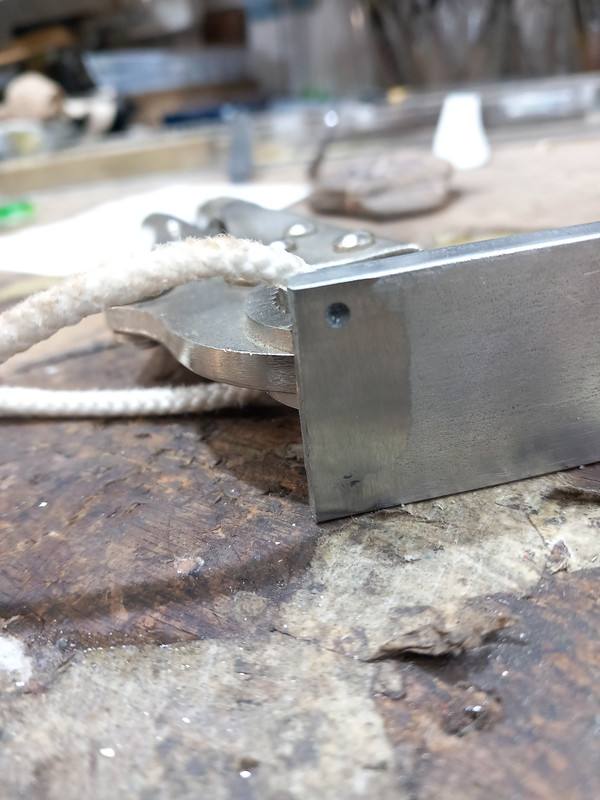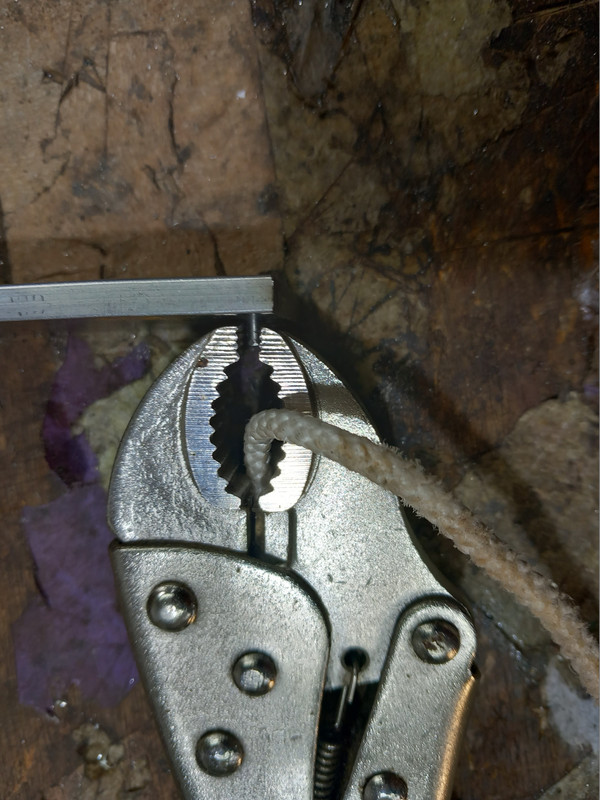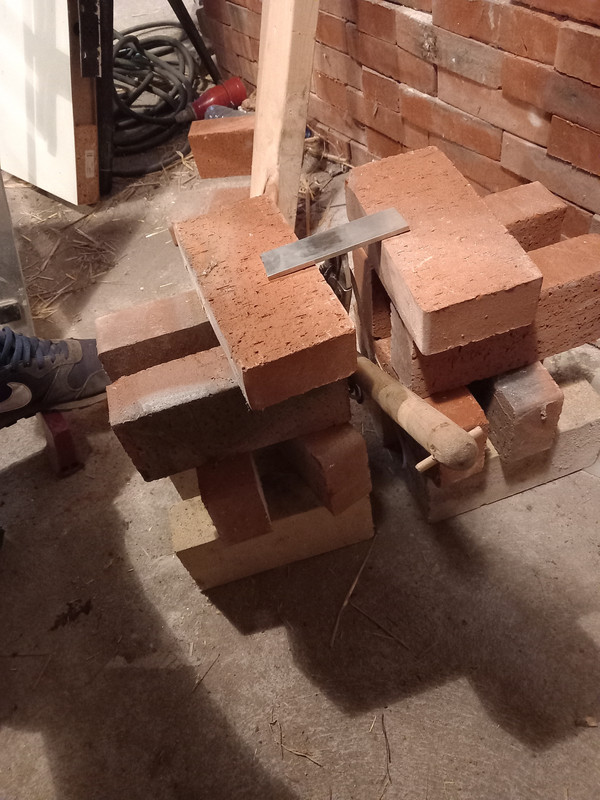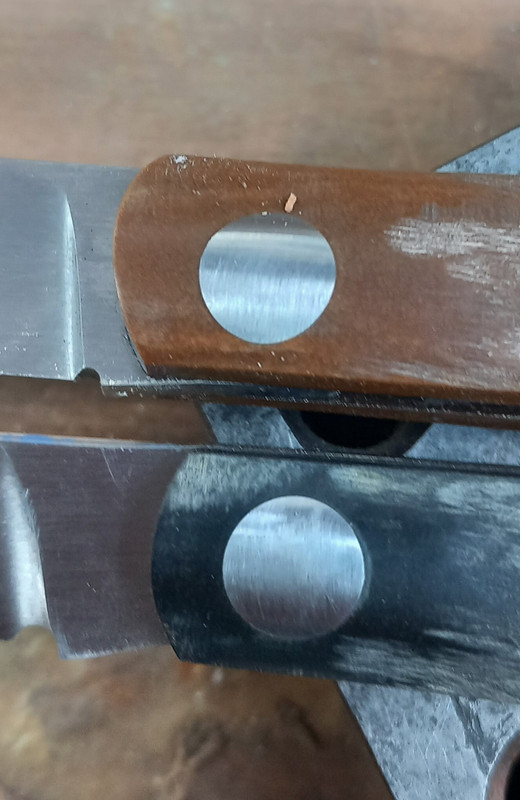- Joined
- Nov 9, 2006
- Messages
- 540
The BladeForums.com 2024 Traditional Knife is available! Price is $250 ea (shipped within CONUS).
Order here: https://www.bladeforums.com/help/2024-traditional/
Those look like the ones that Luke Swenson and Norseman use as well.Attached is the tapering tool A. Vigil pointed me to. I use 3/32 holes though. I can't tell from your picture what size that pin is, it looks bigger. I initially went to town with it. Now much more sparingly, just enough to feel small burr work up around the edge. View attachment 2441386
That is a good question. I am assuming it removes steel to create area for pin to swell into. In a good ol blades podcast (https://www.thegoodolbladespodcast.com/2093014/12398744) Matt Collum talks about how a common mistake is to use the reamer too much. He discusses to just use it enough to raise small burrThose look like the ones that Luke Swenson and Norseman use as well.
Does it remove steel or does it push steel up?
I have used a hammer handpiece on a Flexshaft with a 1/16" carbide hammer tip the same way.




That's a beautiful knife, and fantastic testing.I managed to do it but I took the knife apart again. I think I figured out what the problem is.
I was working on a linerless slipjoint with thin CF scales. Because they are not as stiff as metal liners the knife bounds up before the pin has swolen enough to disappear in the hole. I'll first work on two slipjoints with stainless liners before coming back to this one.

I did some tests on how strong a stainless pivot actuallly is.
I use 3mm pin stock and I reamed the hole one 360degree turn with a 1:50 reamer.
I ground it down like normal, put a vice clamp on the other side of the pin and stood on it with my 185lbs body weight.
It held and still didn't show on the other side!
No way on earth a slipjoint will ever experience such forces in the real world!
So that gives me confidence that I'm using the right tools and technique. Unbeleivable how strong a very small bit of stainless is!





Those pins look amazing!I did it, thnx for all the help!
It's a 3mm V2A =304 stainless pin that disappeared in a 8mm shadow disk.
I used a 50:1 reamer and gave it one full 360turn. I left 1mm sticking out on either side and gave it a few firm but not hard taps with a flat faced hammer.
I did the pivot pin first before I put tention on the spring, that way you can feel if you're getting to tight.
The middle and back pin are confex hammered with a cup punch.
My new EDC


Thnx. I first shaped and contoured the bone scales. After that I jigged them and coloured them with possasium permanganate. Then I put the knife together and sanded trough the dark sides to get to the white bone on the sides.Those pins look amazing!
Did you jig the scale before or after?
Did you make the cup punches?I did it, thnx for all the help!
It's a 3mm V2A =304 stainless pin that disappeared in a 8mm shadow disk.
I used a 50:1 reamer and gave it one full 360turn. I left 1mm sticking out on either side and gave it a few firm but not hard taps with a flat faced hammer.
I did the pivot pin first before I put tention on the spring, that way you can feel if you're getting to tight.
The middle and back pin are confex hammered with a cup punch.
My new EDC


Yes I did, I made a shallow hole in the middle of 6mm roundstock with a 3mm ball nose end mill and tapered the roundstock. The pins are 2mm.Did you make the cup punches?

